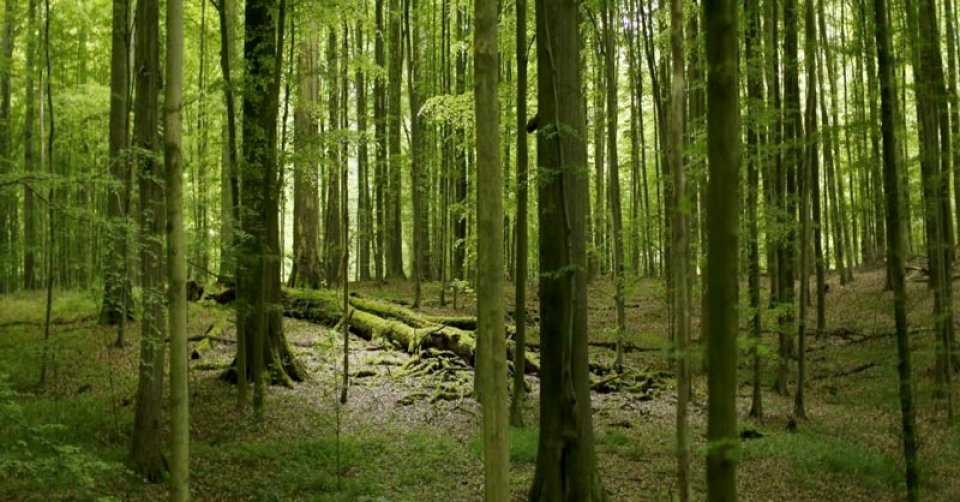
Forests in Flanders are scattered and mostly small, and generally low on biodiversity supporting structures. Habitat restoration targets improvements to increase biodiversity protection and biodiversity potential in the forests. Restoration is particularly focused on improving habitat conditions for species that can be hunted, leading to potentially bigger population of specific game species, and functioning as an umbrella (improving habitats for other, rarer endangered species).
Regulations and practices already exist, notably subsidies for environmentally-friendly practices in forestry. Recent legislation introduced an option to develop and implement land use management plans targeting several Ecosystem Services (ES).
This case study from the SINCERE project had the goal to:
- Test reverse auctions as a way to fund and stimulate the generation of much-needed forest ecosystem services (FES) - habitat restoration in forested hunted areas - and as alternative to subsidy schemes in a densely populated and urbanised region.
- Test if approach leads to more cost-efficient use of limited financial resources and supports initiatives considered important to relevant stakeholders and society as a whole.
- Implement reverse auction as part of two pilot projects targeting hunting areas. The innovative mechansim (IM) is a discriminatory price auction for the restoration and improvement of forest habitats, particularly game species.
This case study developed a reverse auction instrument for habitat protection measures to stimulate the generation of much needed forest ecosystem services in a densely populated region, Flanders.
Targeting all of Flanders , reverse auction was implemented as a discriminative price auction, where landowners were asked to describe the actions and improvements proposed for a pre-set amount (choice between 5,000€, 10,000€ or 15,000€). A positive incentive was created and additional enabling information was provided.
Enough bids were received to make final contracts (15) with landowners/managers for improvements in habitat quality. These bids did not require too much coordination and transaction costs were quite low. The instrument was similar to an auction-based version of existing flat rate schemes.
15 contracts were signed to make land management changes. While there is no counterfactual information available to provide evidence of future additionality, restrictions imposed by the contracts suggest that additional gains and habitat quality to the benefit of biodiversity will result from the action.
The regulatory framework for implementation and the use of biological knowledge in designing the auction suggest that a net positive and additional impact will be achieved for habitat quality. As in the Danish reverese auction case, there is little reason to suspect on-property leakage.
National geographical upscaling: Focussing on a relatively large target area (Flanders as such) was successful. Restrictions in available funding and a low number of bids potentially limited the experiment. Potential for upscaling in Belgium depends on availability of financing. An assessment of cost-effectiveness relative to existing subsidies could be useful.
Upscaling to other schemes: There are existing schemes in place, some of which are quite closely linked to the innovative mechanism (IM), so habitat reverse auction could potentially be upscaled to other schemes. If the ecosystem services (ES) are sufficiently homogenous, a first rejected price, as applied here, may be suitable. If heterogeneity is needed, a discriminatory pricing version may be better.
Upscaling in scope: Coordination among participating actors prior to bidding is quite straightforward as interaction is between the auction holder (eg. government agency) and the landowner (bidder). This is a simple design which may be upscaled to other related ES schemes in Belgium and elsewhere. However, specific cases may imply a need to consider variants of the instrument..
Upscaling to other countries: In many EU countries, regulatory frameworks allow landowners to be paid via conditional environmental protection subsidies, e.g. CAP. National regulations permitting, the basis for upscaling should be in place. Variations in ecological contexts, forest ownership and forest regulatory frameworks across countries may limit relevant ES supply, and if regulations already require high levels of biodiversity protection on public and/or private land, options for additional gains are reduced. The greatest potential for upscaling may be in countries where two conditions are fulfilled: i) current regulations allow forest owners to decide on management, and ii) private forest owners own a non-trivial part of biologically valuable forestland.
